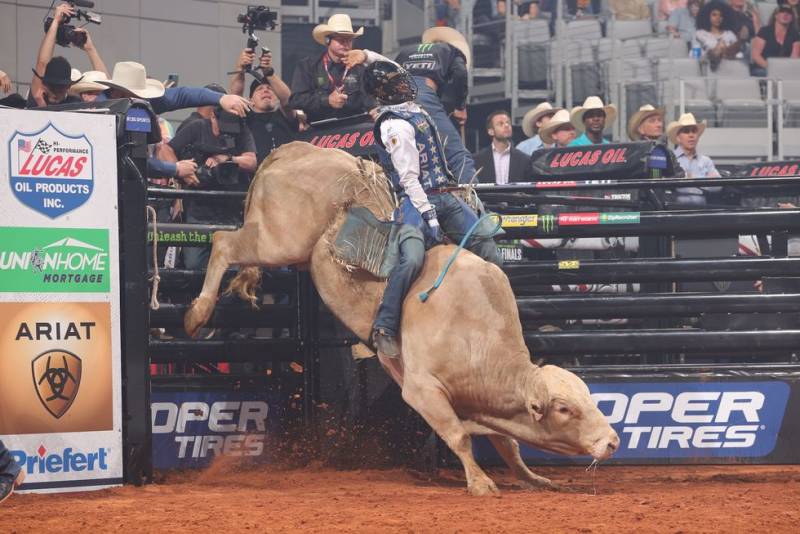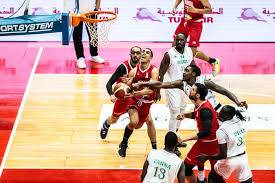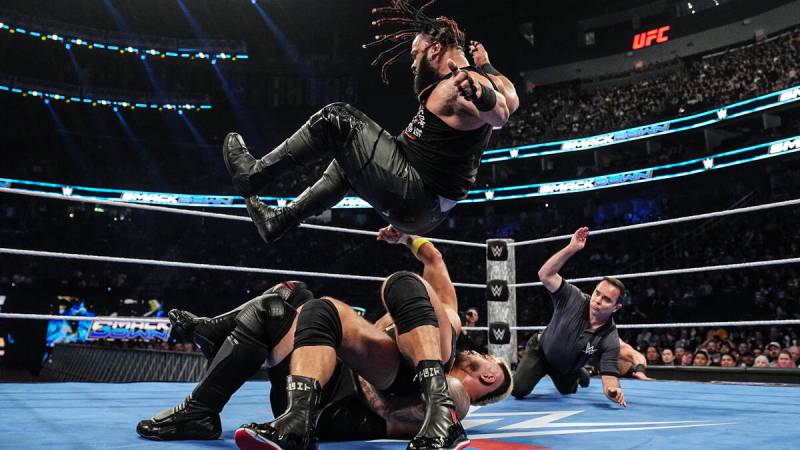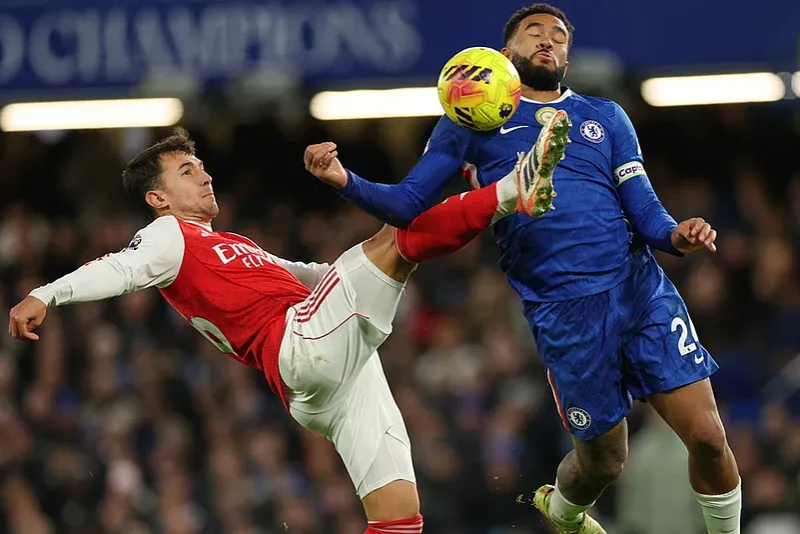Most athletes match up against opponents who aren't much different themselves, whether they play team games like football or compete in individual disciplines like boxing. These rivals might take different approaches to their sports and their training, but when it comes time to play, there's not much separating the people on the field striving for victory. Pro bull riders, however, face a different challenge. They match up against each other in rankings, to be sure "but the real contest that plays out on the dirt of a PBR arena isn't against another person. All of the rider's focus is on the 1,500-plus-pound horned animal there tasked with riding. That means these athletes approach their training and physical preparation differently, especially given the unique demands and structure of the sport.
For those uninitiated, its not enough that the bulls are generally displeased with the human inclination to mount the backs of big four-legged creatures. These bulls are world-class athletes too, of a sort; they're specially bred and trained to buck, and given similar resources and care a high-level pro baller might spend on their body. Each ride begins in a narrow gated steel chute, where the rider mounts the bull and straps in using a bull rope, a length of braided rope with a leather handle that they'll grip to keep their purchase on the animals back. At the rider's signal, the gate is opened and the bull is set loose, leaping and spinning in an attempt to dislodge the man on its back.
For their part, the rider must stay on the bulls back without using their off-arm to touch the creature to steady themselves, holding the appendage extended out to the side for balance. In order to register a score, the rider must stay on the bull for eight seconds. That sounds like an infinitesimal amount of time "even the most elite Olympic sprinters can't cover 100 meters in less than nine seconds "but those eight seconds stretch out when the animal can jump and spin at such a rapid clip, creating a distinct frame of time fraught with drama as the man and animal strive to outperform each other.
Once the eight seconds is reached, the rider looks for a safe opportunity to dismount, and the ride can be judged. Scoring is a cumulative total out of 100, an equal combination of the bull's performance (how difficult the ride was) and the rider's (how much they were able to control their body and style).
Given this unique structure, the athletes take great care to prepare for the bulls in every way they can. Bull riding requires more than just grit; to last even a second on a bull's back, the riders need to train smart to keep their bodies ready for the challenge. Men's Health recently sat down with three of the top riders on the PBR circuit, Ezekiel Mitchell, Clayton Sellars, and two-time PBR World Champion Leme, at the 2022 PBR World Finals event in Fort Worth, Texas to learn about the training plans they follow to prepare themselves for the toughest eight seconds in sports.
Ezekiel Mitchell is unmistakable in his signature all-blue leather vest and chaps. He's taller than many others too, at about six feet, so he's especially careful not to put on too much muscle since he feels he can \control his weight better on the back of the bull with a smaller frame. He's strategic with his training sessions rather than aiming to build muscle. I like to try to do a lot of things that revolve around using the muscle groups that I use for the sport he says noting that the core lower back groin and quads are most important for his work. To have a strong core and the ability to be able to keep your feet down is pretty instrumental in everything he continues. That's the basis of the sport."
After all, he's not going to win a test of strength against a bull. Mitchell instead takes each ride as a chance to partner with the animal; there's more of a flow than a fight. \I don't try to ride strong it's more of a dance for me”it's a flow he says. I'm a dancer. If I'm going out with my friends I'm dancing all the time dancing around the house. I'm a musical person period”even though I can't sing I sing all the time. So that's kind of like me. Everything has a rhythm."
That often means he supplements his once-weekly practice ride on a bull with lots of time riding horses, which he calls one of his \biggest passions. He also drinks lots of water and focuses on taking plenty of rest and recovery time. He recently returned from a difficult groin injury and says a main cause of that was a lack of proper hydration."
Outside of the saddle, you'll be more likely to find Mitchell on the road or track than the weight room”he was a runner growing up, and he credits the cardio work now for helping him to stay in peak condition. He says he runs daily, going out for shorter training sessions of two or three miles. If he's really engrossed in his efforts though, he'll go for longer. \I'll run as many as I feel like depending on the scenery Mitchell says."
Takeaway Tips: Drink lots of water. Run at your own pace and find a place to train where you enjoy spending time.
This is Clayton Sellars' first year on the PBR tour, and the 23-year-old isn't taking his opportunities for granted. He works with a fitness coach and maintains a regimented schedule to keep himself in peak physical condition when he's not on the bull. Sellars usually has three or four days between events, so he structures those off-days intentionally. On the first day, Sellars says he usually \works out pretty hard using low-weight high-rep splits."
Sellars says the legs and core are the most important muscle groups for his workouts. \Your balance comes from your core I feel like and your legs are kind of the only thing holding on to that animal he says. More specifically Sellars notes that other stabilizer muscles (like the serratus anterior) help him to keep his torso balanced during the ride especially since he loses the feeling of being grounded while seated on the bull."
His go-to movement: back squats. Sellars likes that he can train the big muscles in his legs while engaging his core. He notes that he has a series of core exercises that are important for his work, from med ball situps to bird dogs and dead bugs, the latter of which his fitness coach includes in his workouts \almost every day. He also trains his hip adductor muscles squeezing a a yoga ball between his legs or even a pillow when he's relaxing on the couch. Finally he rides a Peloton bike for quick efficient cardio (his favorite coach on the platform is Kendall Toole who he calls a G)."
The days immediately before the events, however, are all about feeling good and prepared. \I'll take a day off from the weights and usually do maybe a hot yoga class or just lots of stretching [or] sit in the sauna a little bit. I'll just move around ”kind of an active recovery Sellars says. As effective as his strength workouts can be for his baseline he feels his best when he has chance to focus on his movement ahead of the competition. [The movement training] is really kind of a main thing I feel like he says. You've got to be loose and freed up and stretchy on these bulls. The body has to bend and not break."
Takeaway Tips: Train your body smart, not overly hard. Prioritize feeling good as you ramp up to your goals.
Leme didn't start riding bulls until he was 18, making him a relative latecomer to the sport. The eventual two-time reigning PBR World Champion and single-ride score record holder was too busy with his first passion: soccer. He played growing up in his native Brazil, and was toiling at the semi-pro level when he made the switch from kicking balls to bucking bulls. His father had been a bull rider, and Leme says that he was motivated by watching his father ride and hearing his stories over the years to chase that dream; he says riding bulls is in his blood. Once Leme made the transition, however, he didn't lose his love for his first sport and soccer is a major component to his fitness regimen still.
Every Monday, Leme hosts a soccer night at his ranch with other Brazilian riders. He doesn't necessarily think of the games as training, and he's more inclined to stay active throughout the week via pursuits that allow him to enjoy himself and stay relaxed; he recently started wakeboarding, too. He says he likes to do things that let him keep \having fun and at the same moment stay moving. But he does keep a regimented schedule along with these activities; he does more formal workout sessions on Mondays Tuesdays and Thursdays."
The workout sessions might not be what you expect. There aren't a lot of weights involved; like Mitchell, Leme wants to be sure to keep his frame slight. I don't like too much lifting. I don't work out to get bigger because my size is perfect to me. I don't want to you get stronger and lose my you know my movements or flexibility. Instead he trains on BOSU balls yoga balls and balance boards doing reaction drills working to emulate the core movements he'll need to stay strong on the back of a bucking bull. Indeed Leme reserves one day a week typically Wednesdays to ride practice bulls at his facility a practice more common for the Brazilian athletes who are accustomed to four-day competitions (PBR events are usually two or three days)."
Leme does have one secret training tool he credits for helping him to stay calm before competing: FIFA video games. \I use that for relaxing just to relax my mind he says explaining that it helps to take away some of the stress from the high stakes of his sport while still allowing him to compete in another context. Unsurprisingly the PBR champ is hard to beat even when he's taking it easy."
Takeaway Tip: Find an activity you love so your workout doesn't feel formal. When you're relaxing, keep your brain engaged.




